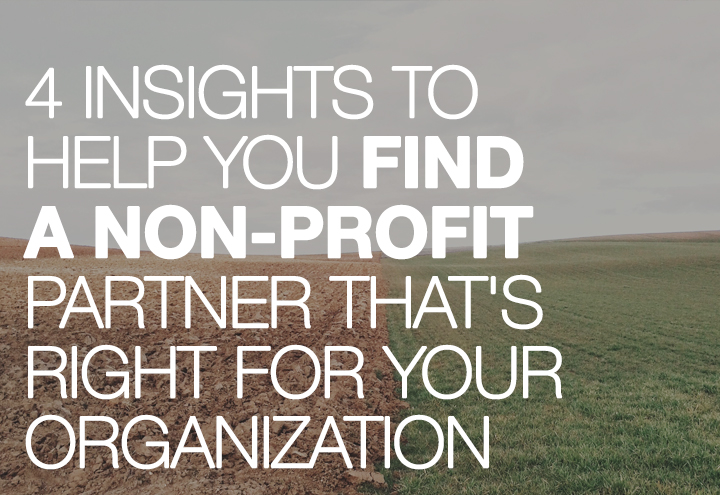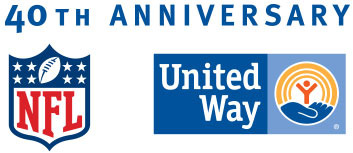4 Insightful Thoughts That Will Help You Find a Non-Profit Partner That’s Right For Your Organization
Deciding which charities to align your organization with is not an easy task. A recent survey from For Momentum, a cause marketing agency, sheds some light on what guides the decisions of other organizations in its 2015 Corporate Partner Survey.
In a recent Huffington Post blog, Brady Josephson, charity strategist-professor-writer, breaks down some of the key findings from the survey. The key takeaways below provide useful food for thought and insights to incorporate into your strategy for cultivating non-profit partnerships:
1) 92% of companies stated that brand alignment is the most important factor when selecting a non-profit partner
Brand alignment should be the most important factor. A non-profit partnership can only reap rewards for your brand if it is authentic to your mission and resonates with your fans and community.
Pay particular attention to how the mission of a non-profit aligns with your overall mission before crafting a partnership.
2) Philanthropic activities must help a company achieve a core business objective
As Josephson states in his post, exercises in charity and philanthropy must help a company towards its goal in some way. Increased sales, greater brand or employee retention are examples of possible benefits to companies by working with nonprofit partners.
Josephson shared the infographic below of the five outcomes an organization is looking for from a non-profit partnership:

When deciding whether or not to partner with an organization, consider its ability to deliver on these objectives.
3) Companies involve themselves in philanthropic activities for many reasons:
An organization has several audiences to consider when aligning itself with a non-profit. As Josephson mentions, annual reports, board members and financial types all require data and hard numbers outlining impact. Stories of impact are equally important for employees, customers, and the public.
When selecting a charity, considers its ability to provide both. It’s important to ensure that your efforts are having an impact, but it’s equally important that your impact resonates with your students, supporters and staff.
4) Our behavior and our reported behavior are sometimes two different things when it comes to philanthropy
Josephson puts it perfectly: “Remember, always be careful with survey responses because what people say is not always what they actually do. This can be especially true when it comes to areas like philanthropy, parenting, and performance. Generally speaking, we perceive ourselves in a positive light and want others to perceive us that way as well. This makes us respond to questions as the best versions of ourselves — something we may not always be in all situations in real life.”
When soliciting feedback from your students about how interested they are in volunteering with a specific charity or general feedback from your supporters, keep this important principle in mind. An overwhelming majority of positive feedback may not always translate into an overwhelming outpouring of positive action.
Read the entire article here:
Photo: StockSnap.io


